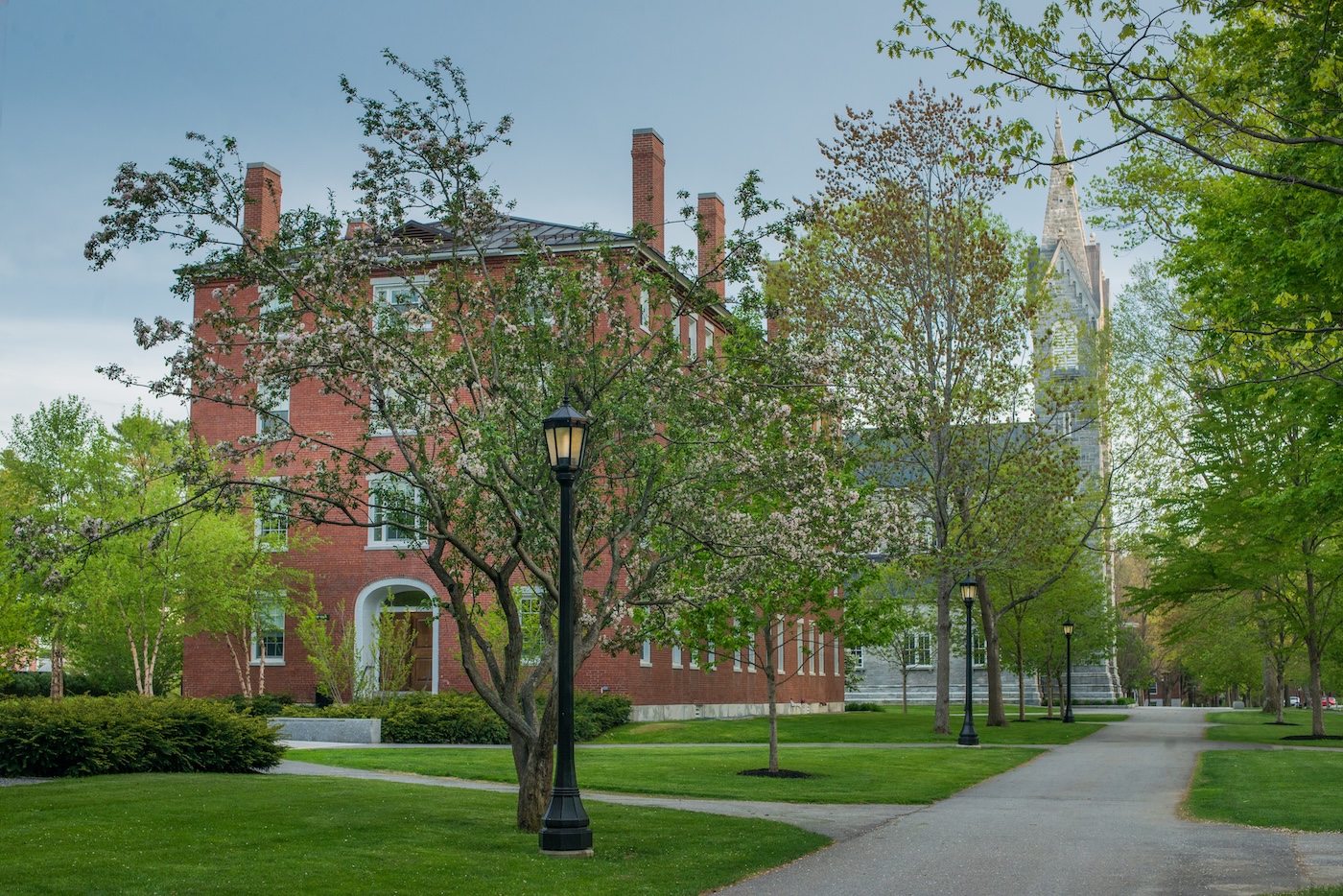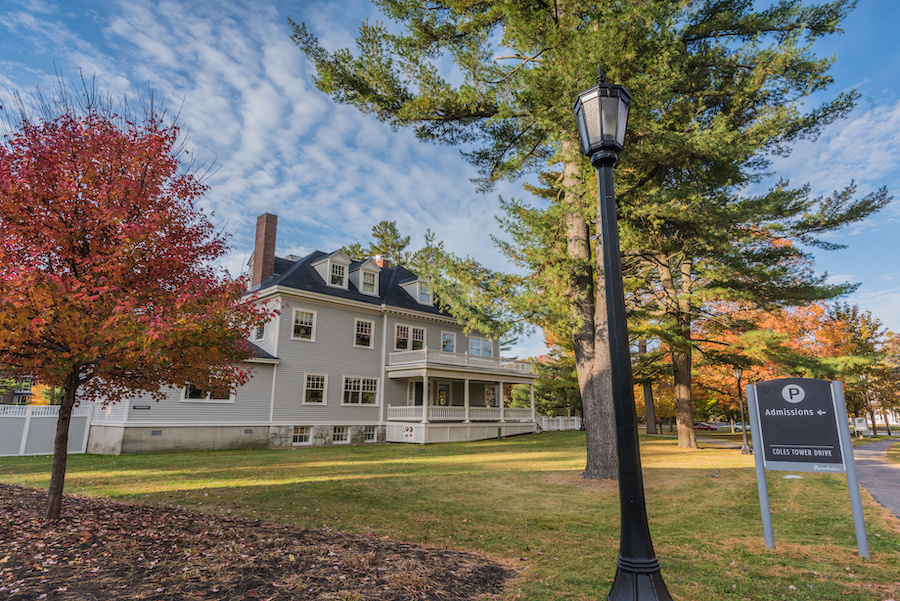Bowdoin Adapts to a Changing Population
By Bowdoin
In a recent article, The Boston Globe describes how first-generation, low-income college students of color — while once anomalies on New England's mostly white, middle-class campuses — are increasingly commonplace. While expanding the diversity of the student body is already part of the mission of many colleges and universities, schools also are feeling pressure to respond to the US's changing demographics. To do this, they must make tuitions more affordable and update their recruitment strategies.
"The nation’s high school population is becoming increasingly diverse and increasingly unable to afford high tuition prices. Additionally, experts predict a major drop in the number of high school graduates overall after the year 2025 — especially in New England.... As a result, local colleges will have to work harder to bring students to campus and offer them significantly more financial assistance,” the Globe reports.
Additionally, where students are coming from is changing. "The number of college applicants from the South and West is predicted to grow, while the number in the Northeast and Midwest will likely decline," the paper reports.
In recent years, Bowdoin has noted and adapted to this shift. This year, the College received applications from students from 1,000 more high schools than three years ago. Bowdoin, which has a need-blind admission policy and has replaced all student loans with grants, has also eliminated the application fee for any student applying for financial aid or who is the first in their family to attend college.
Whitney Soule, dean of admissions and financial aid at Bowdoin, told the Globe, “It really is important that not just Bowdoin but all schools are thinking ahead of where students are, and making sure we get there.”



